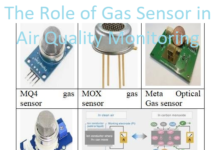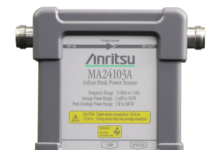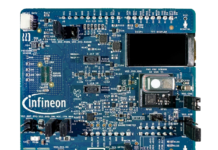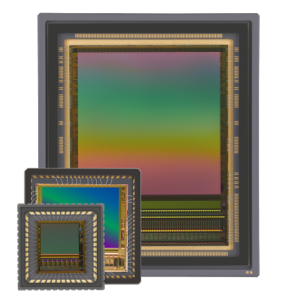
Lighting and heating, ventilation and air-conditioning (HVAC) systems are the two main culprits responsible for energy consumption in commercial buildings and residences. Smart technologies are the key to energy efficiency, adjusting and adapting its operations to the presence (or absence) of people. To maximize efficiency further, building automation systems track people’s location or movements. This article looks at the type of sensors that are available and their associated merits.
Cameras equipped with high-resolution CMOS image sensors take smart buildings to the next level. ON Semiconductor’s Python image sensor series, support frame rates up to 815fps, and feature VGA to 25MP resolutions. The 2.3MP Python2000, for example, supports pipelined and triggered global shutter readout modes to reduce noise and delivers increased dynamic range using correlated double sampling (CDS).
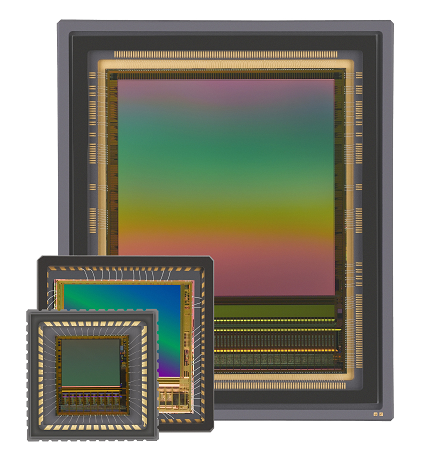
Figure 1: Examples of Python image sensors from ON Semiconductor.
Big Brother
As image sensors only provide a line-of-sight view, to enable wide area coverage would require the installation of multiple cameras. However, for the building’s occupants, this may be seen as an invasion of privacy. Using a machine vision system that blurs out human faces overcomes this issue. But there remains the problem of having multiple cameras in any given space, which may still make occupants feel like “Big Brother” is watching them.
Fire and social distancing considerations
Sensing the presence of people is not just for lighting control. Smart buildings, such as office blocks, factories, and shopping malls, must be able to count occupancy levels. Knowing how many people are in each space supports demand-controlled HVAC, fire safety, and more recently, social distancing rules.
Algorithms, based on occupancy detection models, estimate the number of occupants without the use of cameras. Together with temperature, humidity, and CO2 sensors, the HVAC system will be able to provide optimum environmental conditions automatically. But estimating occupancy levels may be insufficient for meeting fire regulations or social distancing rules.
Motion
The good thing is that there are other types of sensors and the bonus is they are less invasive. Passive infrared (PIR) motion sensors provide a cost-effective solution and have a wide field-of-view. Panasonic’s EKMB and EKMC series, for instance, offers a detection angle of up to 150° in a single axis. Overlapping detection zones determines motion approaching the sensor directly. Also, as these devices require current as low as 1µA, they accommodate battery-powered applications.
Wireless motion
If the PIR sensors can work without drawing current, their ability to improve energy efficiency levels will, of course, be even greater. The Transcend series of wireless PIR sensors from Molex are self-powered. They harvest solar energy from indoor lights and use RF technology to network with each other. When a space is unoccupied for a predefined period, the building automation system resets temperature levels and turns off lighting automatically.
Thermal
Alternatively, unlike PIR sensors that detect through motion, hypersensitive IR thermal sensors, such as the D6T series from Omron Electronics, sense the presence of stationary people via body heat. In addition to switching off lights or air-conditioners automatically when an area is unoccupied, they are also suitable for monitoring room temperature and sensing unusual temperature changes. They are therefore useful for fire detection.
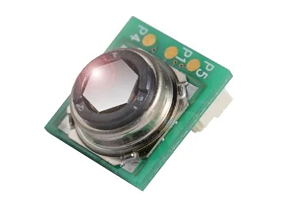
Figure 2: The D6T IR sensor from Omron.
Radar
When people counting is the priority, millimeter-wave sensors are a good option. They rely on frequency-modulated continuous-wave (FMCW) radar technology for detection. Texas Instruments’ IWR1642 series operates in the 76 to 81GHz band, which is also used for vehicular short-range radars, such as blind-spot detectors. They integrate a DSP subsystem, which features a high-performance C674x processor core for the RF signal processing, as well as an ARM R4F-based processor subsystem, which takes care of front-end configuration and control, as well as enabling calibration.
RFID
In addition to access control, radio-frequency identification (RFID) based systems can be suitable for counting people, but only to a certain extent. In most cases, this approach would be able to determine the total number of people inside a building. However, it does not provide granular tracking of occupants and would, therefore, only be practical in a building or facility used by a single company – unless a single property management operation oversees it.
Sensor arrays
As we have seen, different types of sensors have their advantages and disadvantages – depending on cost and the layout of rooms within a building. Using a combination or array of these sensors will improve accuracy in each setting.
Evaluation kits
Supporting this idea, Texas Instruments has a reference design for occupancy detection. It is suitable for both indoor and outdoor people-counting applications and uses the company’s MMWAVEICBOOST and IWR6843ISK evaluation modules together with the LAUNCHXL-CC1352R1 wireless microcontroller unit (MCU) LaunchPad.
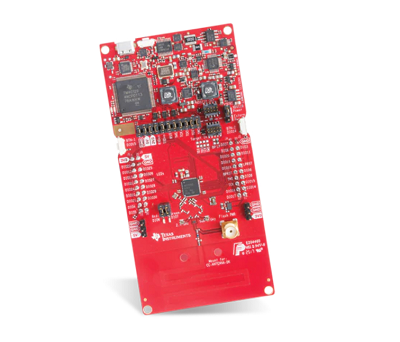
Figure 3: Texas Instruments’ LAUNCHXL-CC1352R1 LaunchPad development kit.
Silicon Labs, on the other hand, offers the PIR occupancy sensor evaluation kit. It is an attachment board for its EFM32 and EFR32 starter kits that demonstrate occupancy and ambient light sensing. Compatible with the SLSTK3402A EFM32 PG12 starter kit, it also provides a real-time graphical user interface (GUI) to display PIR motion signals, performance summary, and testing methodologies.
Next big thing
By using artificial intelligence (AI), buildings will eventually adjust and prepare the conditions of a room based on the preferences of the person occupying the space. But that is a whole new story – stay tuned.



